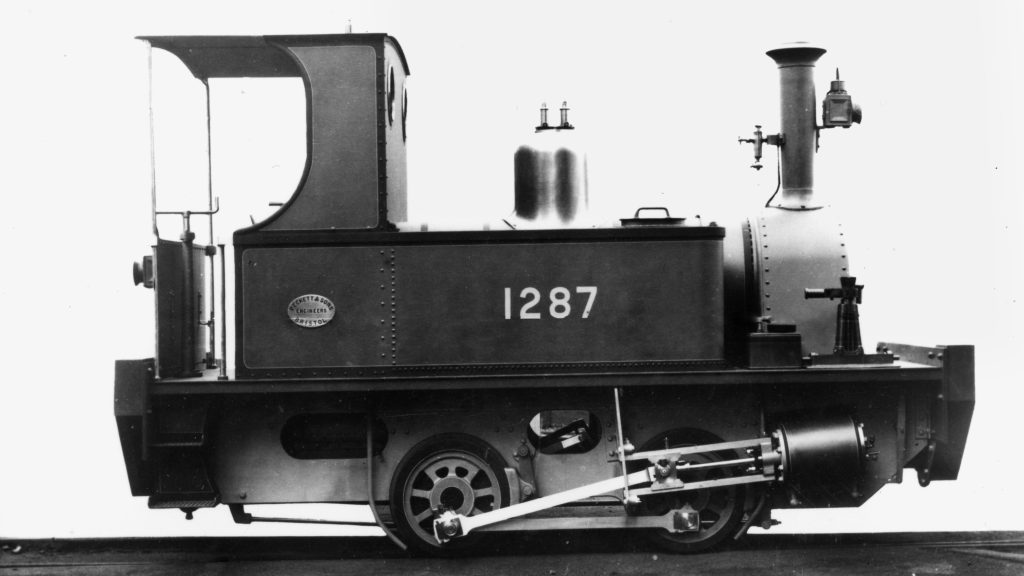
In 1919 the first standard gauge ‘1287’ class locomotives were constructed. The engine weighed just over 12 tons, had 8”x12” cylinders, were 15’ long and could move 185 tons on the level. In 1923 the second and final member of the class No.1631 emerged from the Atlas Works Peckett and Sons and went new to Constable’s (Matlock Quarries) Ltd., who operated Station Quarry Matlock. Located South of Matlock Bath Station, this quarry produced crushed limestone, both tarmac and dry, which were mostly used for road use.
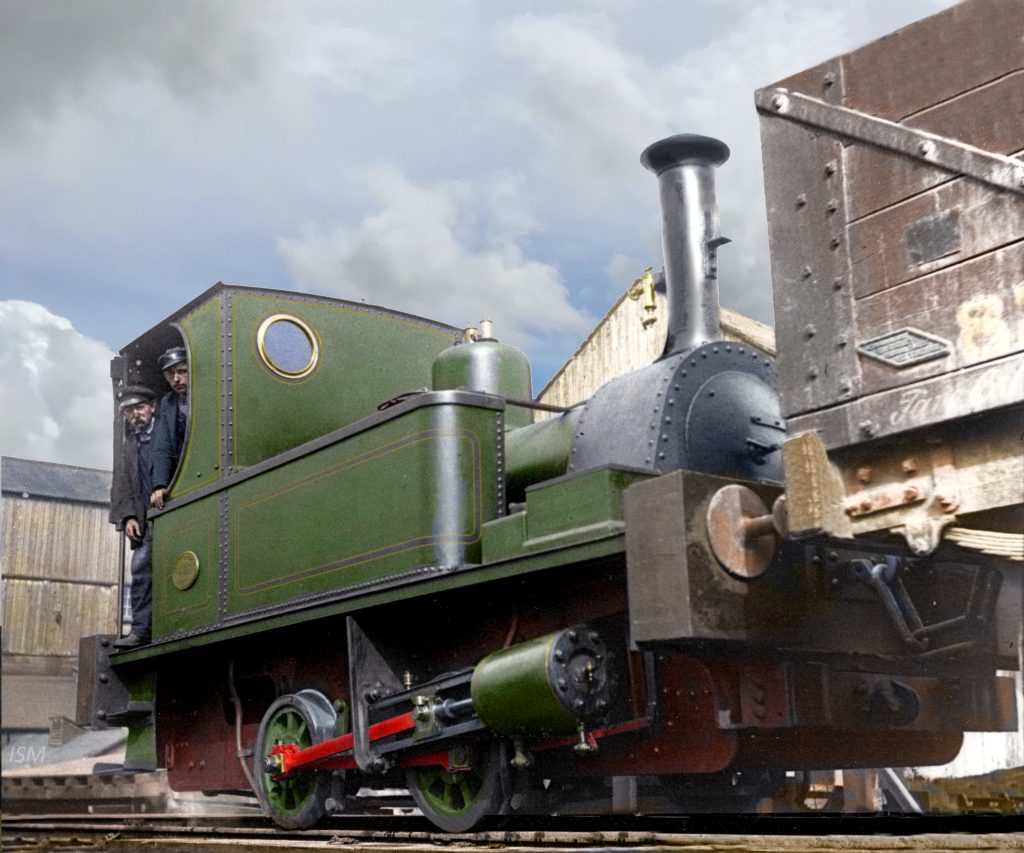
The quarry had a rail link on the south side of the ‘up line’ platform but also dispatched stone by road. Soon afterwards, this firm merged with the adjacent Cawdor Quarry, and the firm became Constable, Hart & Co Ltd.
There were many quarries in the Matlock area and with the coming recession closures were inevitable. Station Quarry closed in around 1931 and was the second closure in the area during this period. Unemployed in 1932, No.1631 subsequently migrated further North to Marcus Bain Ltd, Ballochmyle Quarry, Mauchline, Dumfriesshire. This quarry first began to produce building block stone in 1825, and there was a small internal rail system adjacent to the Glasgow and South Western Railway’s main line.
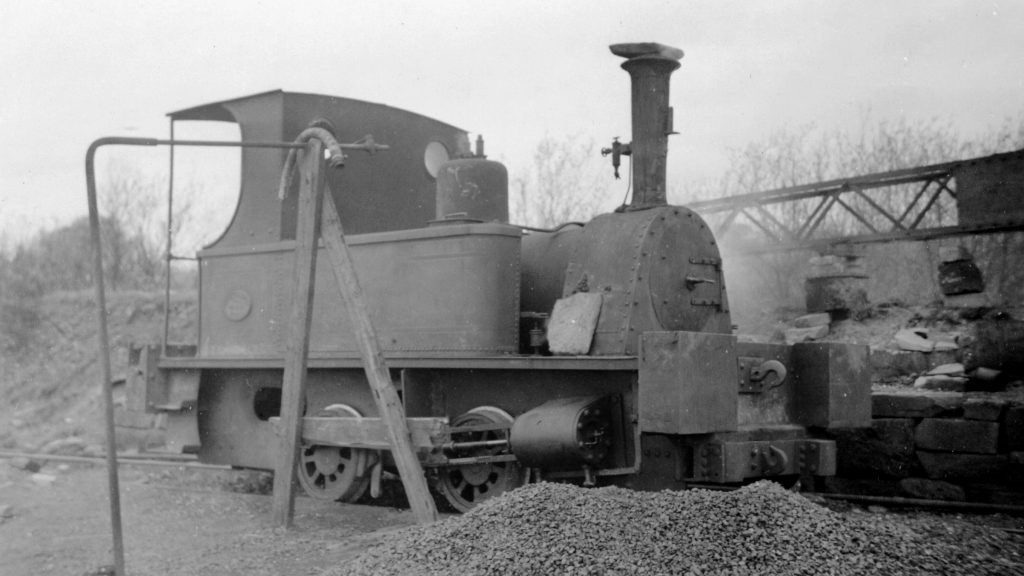
By the 1930s, in an attempt to compete with the cheaper common building bricks, the quarry produced their own bricks, made from the ‘Shimmers’ (waste from dressing the stone) which were then crushed and mixed with lime. The bricks were then baked in a steam oven for several days to cure and harden them. Marcia had been acquired to service these works, though technically she seems to have belonged to the Ballochmyle Brick Co., a subsidiary that also operated other brickworks. This type of brick was never a commercial success, being apparently regarded as too soft and prone to causing dampness. Brick production seems to have stopped at the start of the Second World War as private building construction ceased, but the quarry remained in limited production until the mid-1950s.
Unemployed once again, the still unnamed No.1631 was sold in 1943 to the West of Scotland Shipbreaking Co., Troon. There seems to have been no internal railway system here which infers the loco was sold for scrap. However, she was presumably in reasonable condition and in wartime anything with wheels was needed, so later that year she was resold to Manchester Oxide Co Ltd.
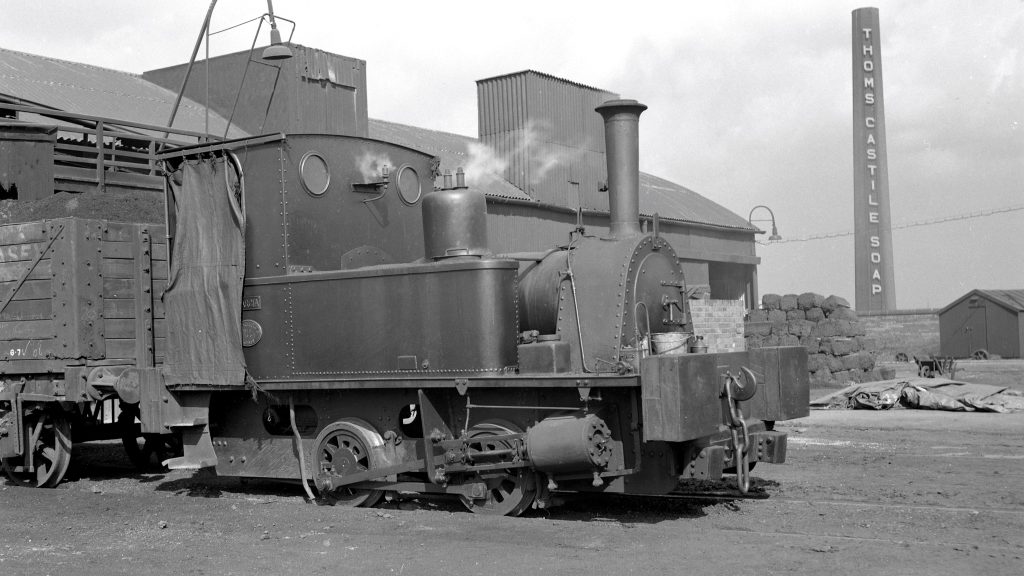
The firm, which had a factory for the manufacture of Prussian blue dye at Miles Platting, had recently set up a plant on derelict land, which had been formally occupied by the screens for the Pendleton Colliery, to process spent iron oxide which arrived by rail from gas works in South Lancashire and elsewhere. New sidings were laid under an agreement with the LMS. Soon after taking over the site, the Manchester Oxide Company obtained No.1631 for shunting its very limited internal railway system. It was first observed at Pendleton on the 7th of November 1943. By 1948 the Manchester Oxide Co Ltd. had been taken over by Hardman and Holden Ltd, an old established Manchester Chemical firm.
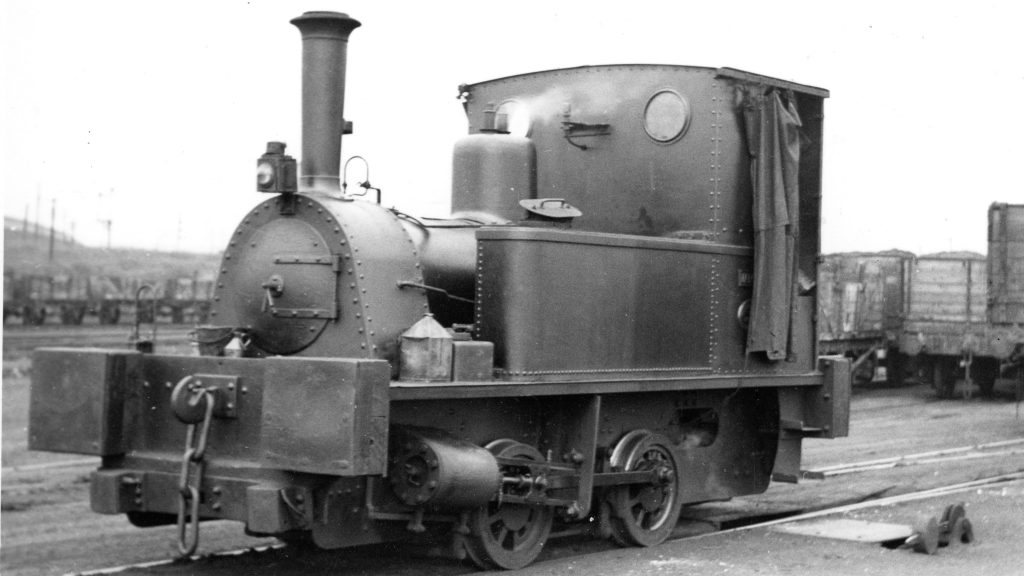
The diminutive Peckett seems to have been held in great affection by this firm and finally acquired the familiar name Marcia in honour of Marcia Clayton, the managing director’s wife. She worked continuously on the same site for the next 20 years, occasionally being relieved whilst under repair by hired locomotives. Although the sidings agreement was not formally terminated until the 31st of December 1968, all traffic is believed to have ceased in late 1962 or early 1963.
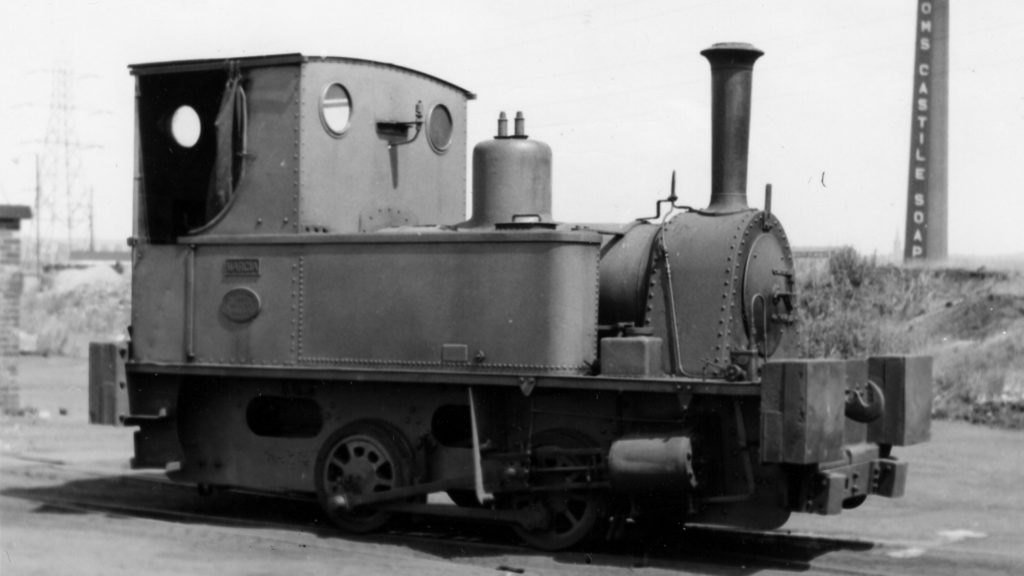
In July 1963 Marcia left Pendleton for distant Kent, and in doing so had virtually travelled the length of the country on her tiny wheels.
